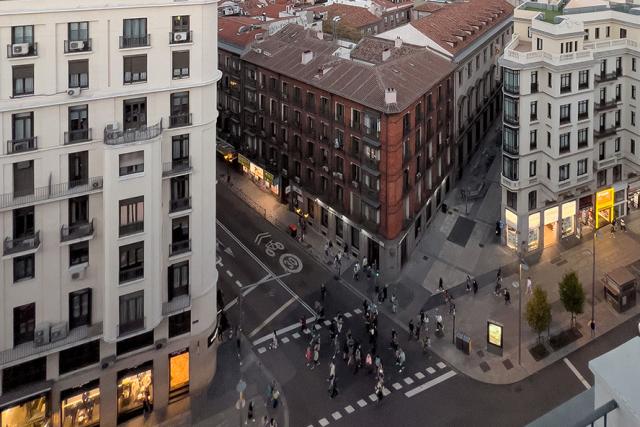VITO applies computational Fluid Dynamics (CFD) or advanced gaussian dispersion models capturing building downwash effects to model air quality down to the building level. The modelling tools are used to understand the dispersion of emission in complex industrial environment.
These detailed CFD models are also used to analyse pollution hot spots such as tunnel portals and the impacts of local mitigating measures such as barriers, green walls vegetation buffers.
Key Applications
- Advanced high-resolution simulations of pollutant dispersion at industrial sites using CFD techniques.
- Assessment, forecasting and scenario analysis for pollutant concentrations close to industrial sites.
- Inverse modelling to locate (unknown) emission sources.
- Source apportionment to understand the contribution of any pollutants to the typical baseline concentrations in the area.
- Coupling of outdoor and indoor air quality for guidance on building ventilation and HVAC systems.
- Data assimilation of sensor networks.
- Operational dashboards for air quality management.
- Support for environmental impact assessments.
Data Outputs
- Air pollution maps of the industrial site and its surroundings.
- Source apportionment and source allocation.
- Diffuse emission estimates based on inverse modelling techniques and data assimilation.
- Exposure assessment.
- Optimisation of operations and the site layout with respect to air pollution impact.
Modelling techniques
- Computational fluid dynamics (CFD) for full 3D modelling of pollutant dispersion down to 1 m resolution.
- Application of the OpenFOAM software is supported by an inhouse developed Python package.
- Impacts of vegetation on the dispersion process.
- Semi-automated meshing and post-processing for efficient use of the CFD.




